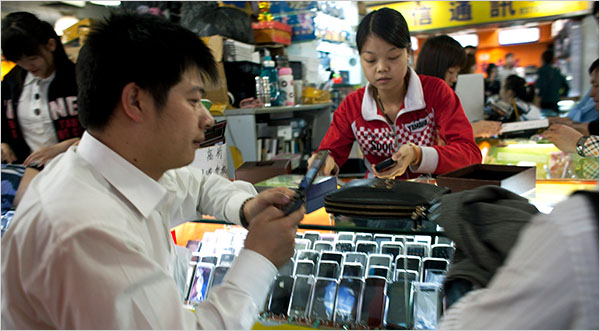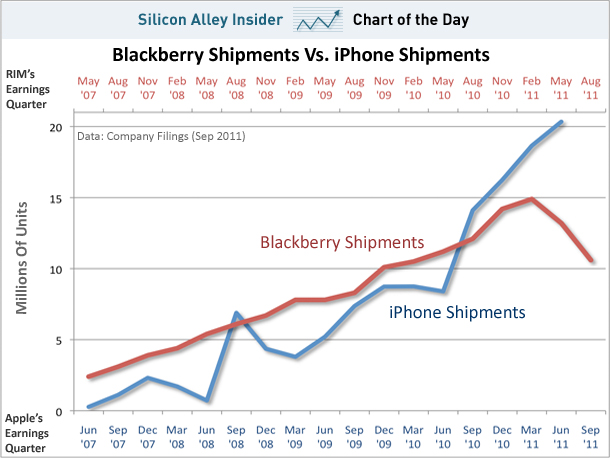As the EU struggles to contain an crisis that threatens to spill over into the global economy, the situation in Asia looks positively rosy. But not as rosy as it seems. Asians have the stereotypical reputation of being thrifty- an image that is not altogether founded on myth.
In China, this attitude has resulted in huge pools of consumer savings that allow state banks to make low-interest loans that have bolstered China’s lightening-fast economic growth. However, this also means that China’s consumer spending is low- 35 percent, compared to 70 percent in the struggling US economy. Interest on savings accounts do not keep up with inflation, and pressures on families push them to keep saving. Without encouraging consumer spending, China’s economic growth will gradually slow to rates comparable to the current US economy’s .
I find this situation very interesting because it’s literally the opposite of what Greece is experiencing- high legacy costs, massive spending and tax evasion have largely pushed the Greek economy over the edge. China’s huge pool of cash would be a godsend. However, it is increasingly becoming a burden, illustrating the old adage ‘too much of a good thing is always a bad thing’.




